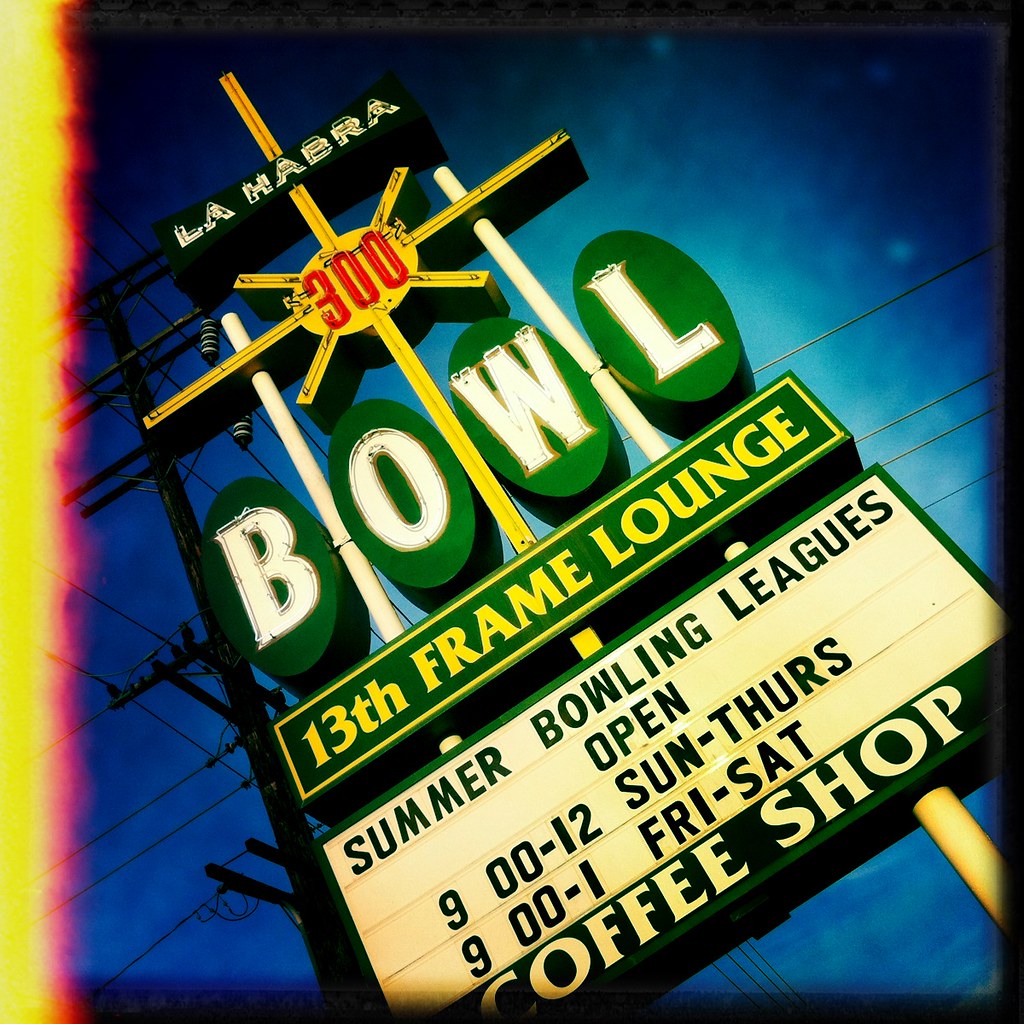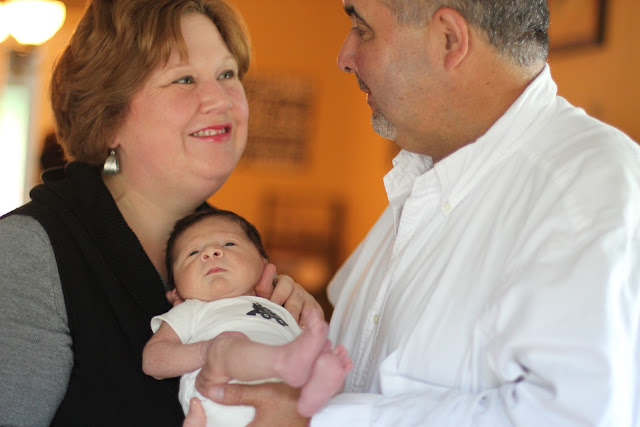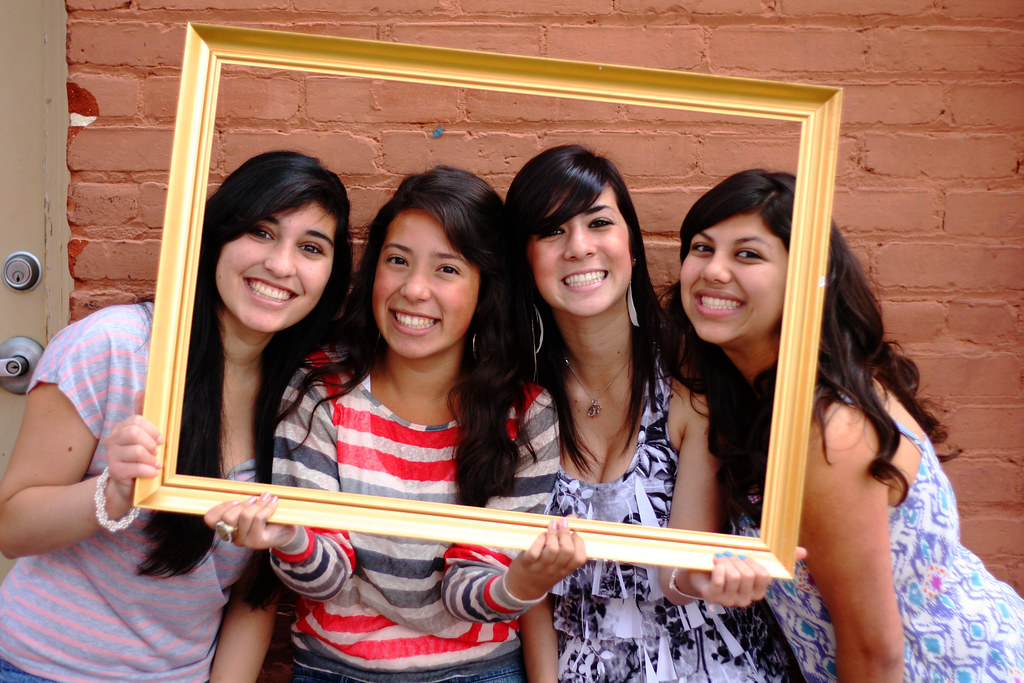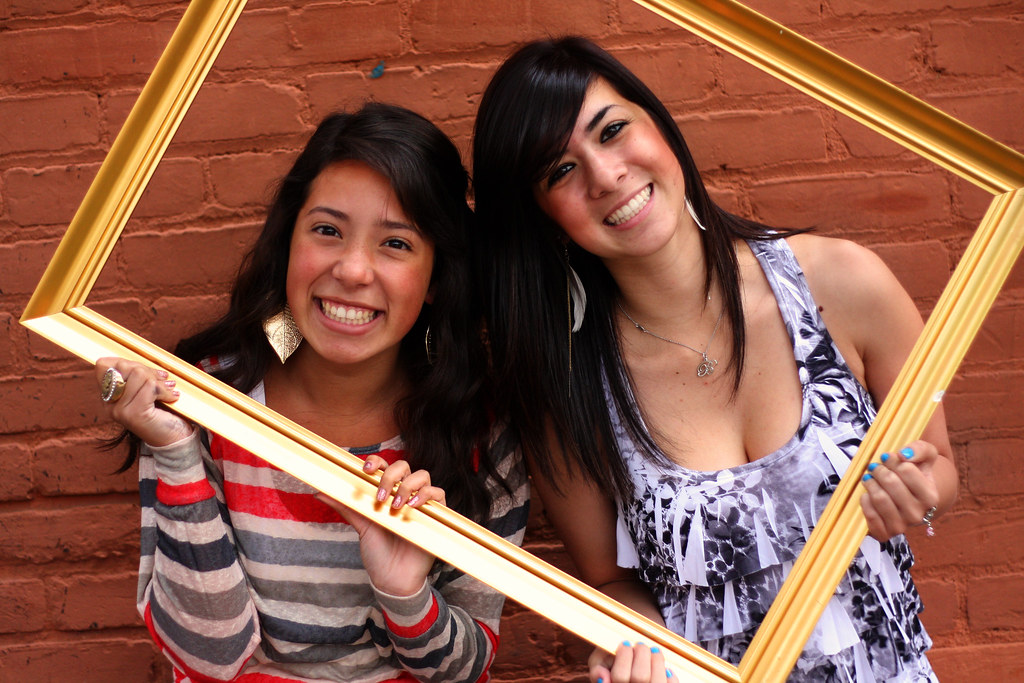I admit it. When I first got my DSLR, I was a very intimidated. I was also frustrated. I didn't really know what to do with it. I was lucky enough to have stumbled upon some blogs that offered assistance. My advice...if you don't know where to start, start with these three little steps and then grow from there.
Take control of your ISO - I could tell you what ISO stands for, but instead I'm going to tell you what it does and why you should take control of this first. The ISO speed works with the aperture and shutter speed to get the correct exposure for your camera. In most cases, the factory default is set to Auto. This means the camera will decide the ISO setting for you. This is probably, however, the easiest control to take over, so I recommend you start with this setting. Most cameras allow you to set the ISO from 100 to 1600. Some allow a ISO as high as 3200 and some allow half f-stop settings. Without getting too technical, it's pretty easy. For good light situations, bright sunny rooms and outdoor settings, you will want to set your ISO to 100. As the light gets lower, you'll want to increase the ISO slightly until you get to the highest setting of 1600 (or 3200 if your camera allows you to set it that high).
However, every time you increase the ISO, you give up a little bit of quality as it creates "noise" or graininess in your photograph. So why wouldn't you just want to keep the ISO at 100? Because as the light gets dimmer, you need to find a way to let light into the camera to get the shot. If you don't increase the ISO, then the shutter speed needs to be longer, which means it takes longer for the shutter to snap. This increases the likelihood of a blurry picture because of camera shake, unless you get a tripod. But the nice thing about controlling your ISO is that you can eliminate the use of your camera flash giving you much better pictures because you're not washing out your subjects. You also get to decide if you want to keep the look of a low light situation especially if you just want a darker exposure so just a certain part of the picture is bathed in light.
In the picture below, because there was a lot of sunlight coming into the room, I was able to use an ISO setting of 100.
This picture was also taken indoors, but there wasn't direct sunlight coming into the room so I bumped the ISO up to 400. This allowed me to take the picture with a shutter speed that wasn't going to cause a blurry picture because of camera shake.
By setting my ISO to 1000 in this shot, I was able to keep the shutter speed fast enough to avoid camera shake, but still get a bit of the ambiance of the darkened room as we prepared to sing happy birthday to my nephew. You'll see, however, there is some graininess in the dark part of the picture. This is what is referred to as "noise".
Put your camera in Aperture or Shutter Priority Mode. Time to get really daring and take your camera out of auto mode and put your camera into a semi-automatic mode, generally known as aperture or shutter priority mode. In these modes you get to select the aperture or shutter speed and the camera sets the other for you.
In aperture mode, you control the aperture setting. The aperture is the opening in your lens that determines how much light is going to get through. The aperture is identified in f-stops. The most confusing part of this all is that a f-stop of 1.8 lets more light in than a f-stop of 11. So when you hear someone say it was wide open, they mean they shot at a higher f-stop which is really a lower number. It's all so confusing, but this diagram may help:

Since a wide aperture of f/1.4 lets in more light, this means you can use a lower ISO and quicker shutter speed. The best thing about being able to control the aperture is this will allow you to control what is known as depth of field. Which means that either all of the picture will be in focus or just some of the picture will be in focus. The more light you allow in through the lens, the more shallow the depth of field will be, which means only part of photo will be in focus. The less light you allow in, the deeper the depth of field will be, which means more of the photo will be in focus (as long as there isn't camera shake).
My helpful hint to you is not to get caught up in the technical aspect. Over time it will come to you. Just understand that the aperture will affect the depth of field. You will want to take your camera manual out to see what setting on your camera allows you to be in aperture mode and how to set the aperture. On my Canons it's AV for aperture and TV (go figure) for shutter speed. I'll promise you this, it's really not that hard to do.
With an aperture mode setting you don't need to worry about what shutter speed to work with, but you will want to understand how the aperture affects the shutter speed. With a lower aperture, you're letting less light in so you'll need a longer shutter speed, unless you bump up your ISO a bit. With a higher aperture, you're letting more light in so you need a faster shutter speed.
You'll first want to set the ISO depending on the lighting conditions and then you'll want to set the aperture depending on the lighting condition and what type of shot you want to get. Keep in mind that if it's dark, even with a high ISO, a low aperture will mean a longer shutter speed.
Here's the thing...the lens will be the determining factor as to how high of an aperture you can set. Most of the DSLR kits that come with a camera and lens don't come with a lens that lets you set the f-stop higher than 3.5. That's not the worse thing in the world, but as you learn your camera, you will ultimately want a lens that allows you to set it to at least f/2.8 or higher.
Generally when you're taking pictures of someone and you want to make sure the focus is just on one or two in the picture, you'll want to use an aperture of f/2.8. If you want everything to be in focus, an aperture of f/8 or f/11 is generally good.
In this picture which I shot in Aperture Priority, my ISO was 100 since it was bright outside. I set the aperture to 2.8 because I wanted my mom and John to be in focus, but I wanted the background out of focus. Because the background is blurry, the green object coming out of my mom's head isn't quite as in your face as it could have been had the whole picture been in focus.

In this picture, I used an ISO of 400 and an aperture of 1.4 because I knew that I wanted the focus to be strictly on my nephew. Because the room was dark and the light was already falling, if I had used a lower ISO, the camera would have had to use a longer shutter speed which would have meant there would have been camera shake.
In the photo below, I knew I wanted the whole thing to be in focus so I shot this with a ISO 100 since it was a bright day and f/8.
If you want, you can switch your camera to shutter priority so you set the shutter speed and the camera will set the aperture. If you're taking a lot of high action pictures, you'll want to take this control. I'm not as comfortable with the shutter speed settings yet so I would recommend not listening to a word I have to say about shutter speeds. I almost always set my ISO first, then my aperture and then my shutter speed...even in manual mode.
Learn to set your focal points. If you start to shoot in Aperture Priority and you use a f-stop of 2.8 or 1.4 this means only part of your picture will be in focus and you're going to want to tell the camera what should be the part in focus...otherwise the camera is going to determine this for you which is often a bad thing. If you're using a DSLR, your camera will be set so that it finds the closest thing towards you and figures that this is the object that you want in focus. Anything on the same plane as that object will be in focus and anything in front or behind that object will be out of focus. The amount of blurring you get will be determined on the f-stop you use, the length of your lens and how far the things in front or behind your focal point are when you snap the picture. The further the other objects are from your focal point, the blurrier they will be.
One of the best pieces of advice I listened to was to take control of the camera's focal points. When you first look through your viewfinder and gently press on your camera button, you'll see the focal points, one or more which will be highlighted in red. This is your camera's way of telling you which object which it believes is the focal point of your picture. That means if you have a f-stop of 2.8, this object and other things within the same plane will be in focus.
If this isn't the object you want in focus, then you have two options. You can take your camera, center your object, gently press down ensuring the red highlight is now on your object, quickly reframe the shot and finish pressing all the way down. The problem with this method is that you have sacrificed some sharpness when reframing the shot. And the longer it takes to reframe the shot, the more sharpness you have sacrificed.
What you can do instead, is take out your camera manual and quickly learn how to change the focal point so that if your object is to the right of the frame, you tell the camera to use that point as the focal point.
Doing this eliminates the need to reframe your object. It does take some getting used to, but once you get the hang of it, you're in control and don't need to worry about your camera taking over and putting something else in focus. When determining where to put the focal point, you should try to have it at an eye or nose of the subject you want in focus. If there are several subjects, put at the one you want highlighted the most or on the one closest to you, keeping in mind if everyone is on the same plane, they should be in good focus, but if they're not they will be slightly out of focus.
Below are two shots of the same thing, one in which the foreground is in focus and one in which the background is in focus. In both shots, I controlled what the camera focused in on by selecting the focal point. And by controlling the focal point, I control where your eyes are drawn into the picture.






















































